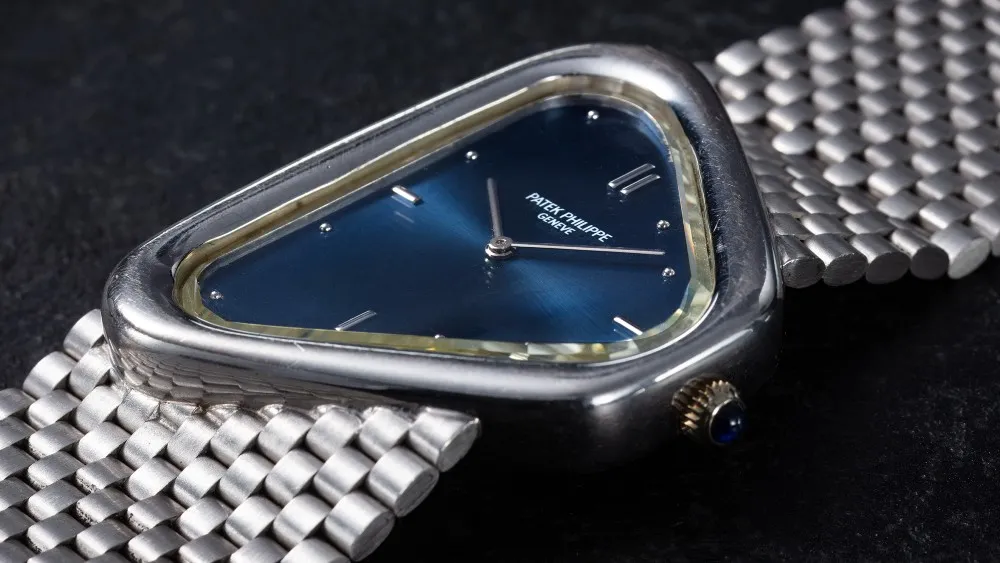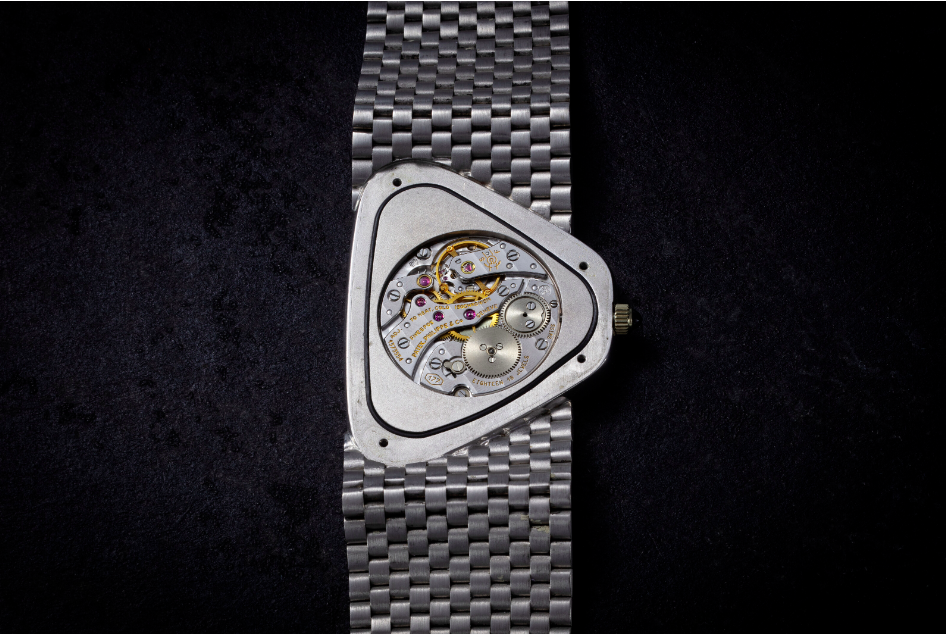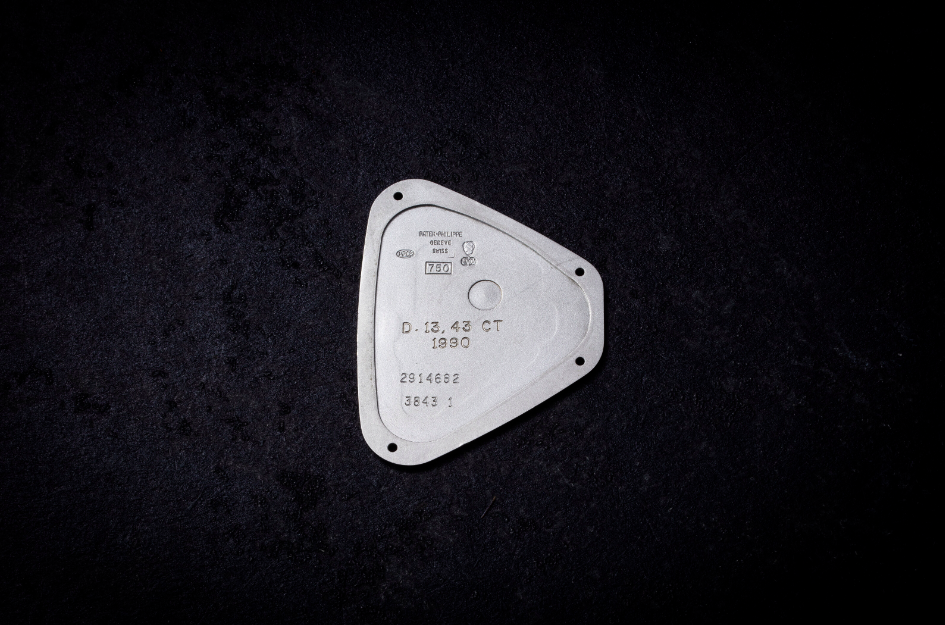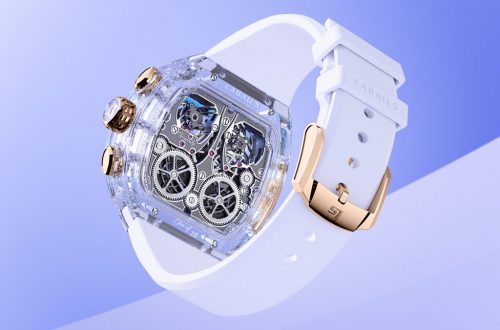
A Masterpiece: Patek Philippe 3843/1 with a Rare Portrait Diamond – The Luxury Lifestyle Magazine
In the realm of bespoke timepieces, few are privileged enough to commission a creation from Patek Philippe. Such a request is reserved for the elite, those who inhabit the upper echelons of the brand’s clientele. To even contemplate such an endeavor, one might need to personally know Philippe and Thierry Stern, the father-son duo who steer the course of this esteemed establishment.
However, in 1990, a client of extraordinary stature presented Patek Philippe with a unique challenge. Upon entering the company’s historic Geneva salon, they unveiled an exquisite and exceedingly rare antique diamond, inquiring whether a bespoke watch could be crafted with this precious gem replacing the customary sapphire crystal. Patek Philippe, renowned for its commitment to craftsmanship and excellence, readily accepted the challenge.

Four years later, on the 18th of January 1994, the finished timepiece was unveiled to the customer within the very same store.
“This is an incredible Patek Philippe,” remarks Remy Julia, Dubai Head of Watches.
This unique creation bears the reference 3843, a one-of-a-kind masterpiece. It houses a 177-calibre manual-winding movement, adorned with a bespoke 18ct white-gold bracelet and a custom dial finished in Patek Philippe’s signature sunburst blue.

The diamond, meticulously set in a manner that pays homage to the asymmetrical models produced by Patek Philippe from the 1950s to the 1970s, finds its place within a specially designed watertight case. Notably, the stone’s substantial weight is engraved on the reverse for posterity: 13.43 carats.
At first glance, the crystal appears deceptively ordinary. It’s only under specific lighting conditions that the two subtle rows of facets encircling its edge come to life, resembling a sparkling mirrorball.
These diamonds, characterized by their thin cleavage, colorlessness, and exceptional clarity, are referred to as “lasque” diamonds. Between the 17th and 19th centuries, they were frequently employed as glazing for miniature paintings, earning them the moniker “portrait diamonds.”

Jewelry historian Diana Scarisbrick elaborates, “Reflections from the facets light up the portrait, the highly polished limpid surface lets the subject shine through with far more éclat than crystal, and also draws the eye towards it. Only the very clearest stones could obtain this magical effect.”
This very attribute that made portrait diamonds precious for centuries also renders them ideal as a substitute for a watch’s crystal, albeit at a considerable cost.
Historically, portrait diamonds were primarily reserved for royalty. For instance, the Mughal Emperor Shah Jahan, famed for commissioning the Taj Mahal, was portrayed in 1616 adorned with a cherished portrait diamond adorning his turban. In 1820, Tsar Alexander I of Russia encased a small image of himself, set in a bracelet, with a portrait diamond weighing around 25 carats
In a realm where time is measured in elegance and craftsmanship, this Patek Philippe 3843/1 stands as an exceptional testament to artistry and innovation, combining the world of horology with the allure of rare and magnificent diamonds.

